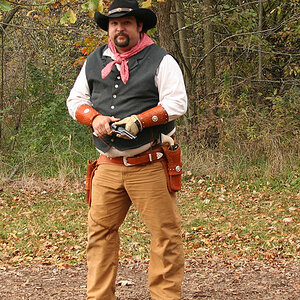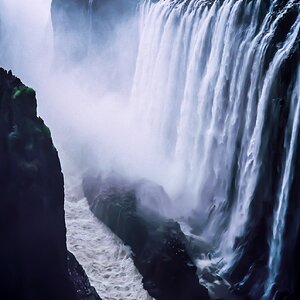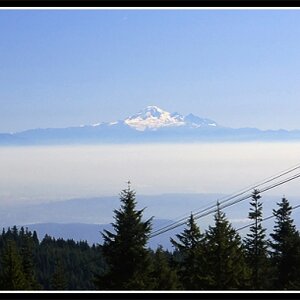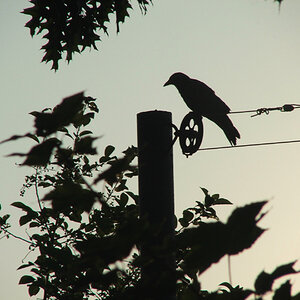plastii
TPF Noob!
- Joined
- Oct 12, 2007
- Messages
- 318
- Reaction score
- 0
- Location
- Gilberts, IL
- Can others edit my Photos
- Photos OK to edit
Hi.
I was wondering if it's possible to setup hyperfocal distance using a lens without aperture ring and not use calculators?
Thanks
Marek.
I was wondering if it's possible to setup hyperfocal distance using a lens without aperture ring and not use calculators?
Thanks
Marek.


![[No title]](/data/xfmg/thumbnail/31/31011-439c1242fe08cf6b54f32bf06523a567.jpg?1619734567)









![[No title]](/data/xfmg/thumbnail/36/36302-6ee4929dfdf80290ffd73704693e860f.jpg?1619737496)
